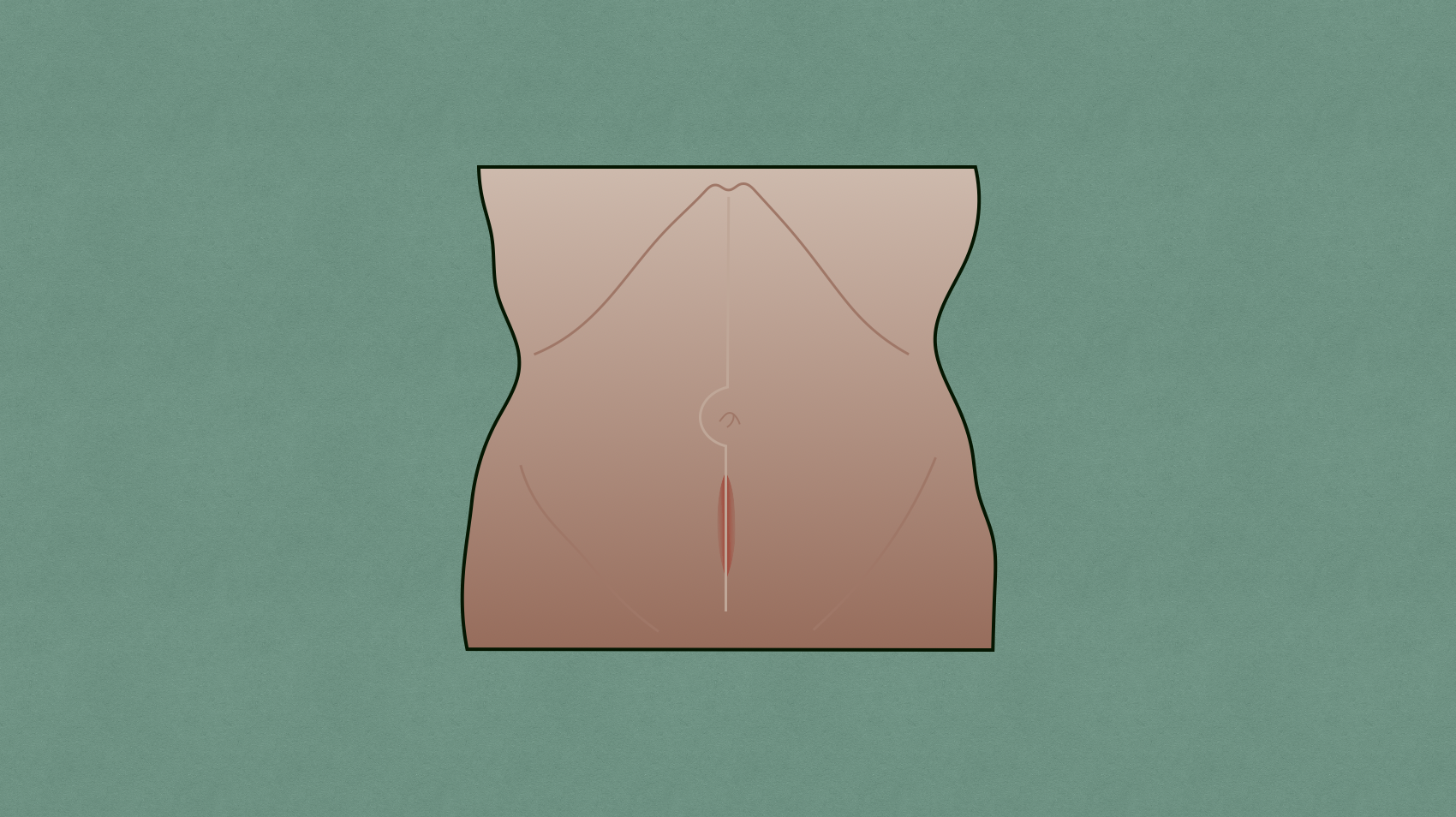Acute wound failure encompasses several postoperative complications that all result from partial or total disruption of the surgical wound.
Wound Failures
- Fascial dehiscence: breakdown of fascia
- Evisceration: extrusion of bowel from the abdominal cavity
- Acute hemorrhage: blood loss
- Incisional hernia: hernia located through site of prior surgical incision
- Anastomotic leaks: failure of bowel healing
- Fistulas: abnormal connection
Risk Factors
- Age
- Diabetes
- Malnutrition
- Uremia
- Immunosuppression
- Jaundice
- Sepsis
- Hypoalbuminemia
- Cancer
- Obesity
- Steroid use
- Inadequate closure: suture too close to fascia edge, too far from fascia edge, too far apart, too much tension
- Increased intra-abdominal pressure
- Infection
- Radiation
Presentation
- Drainage of serosanguinous fluid from wound
- Evisceration without warning → often have ripping sensation with intense coughing/emesis
Treatment
- Treatment depends on timing
- Early and without evisceration → reclosure of fascia
- Late → local wound care and abdominal binders
- Complete wound dehiscence with evisceration → immediate reoperation
- Dehiscence due to infection → debridement of fascial edges and close without tension
- Abdomen can also be left open in certain situations, such as when there is an ongoing infection or bowel injury
Relevant Information
- Most common to occur during inflammatory phase (post-op days 1-7)
- During this period of time, the strength of the wound is dependent upon the suture and knot strength
- Strength of wound increases over time during fibrotic phase and becomes less reliant on closure methods
- May be an early manifestation of an intra-abdominal process, such as an abscess of anastomotic leak
